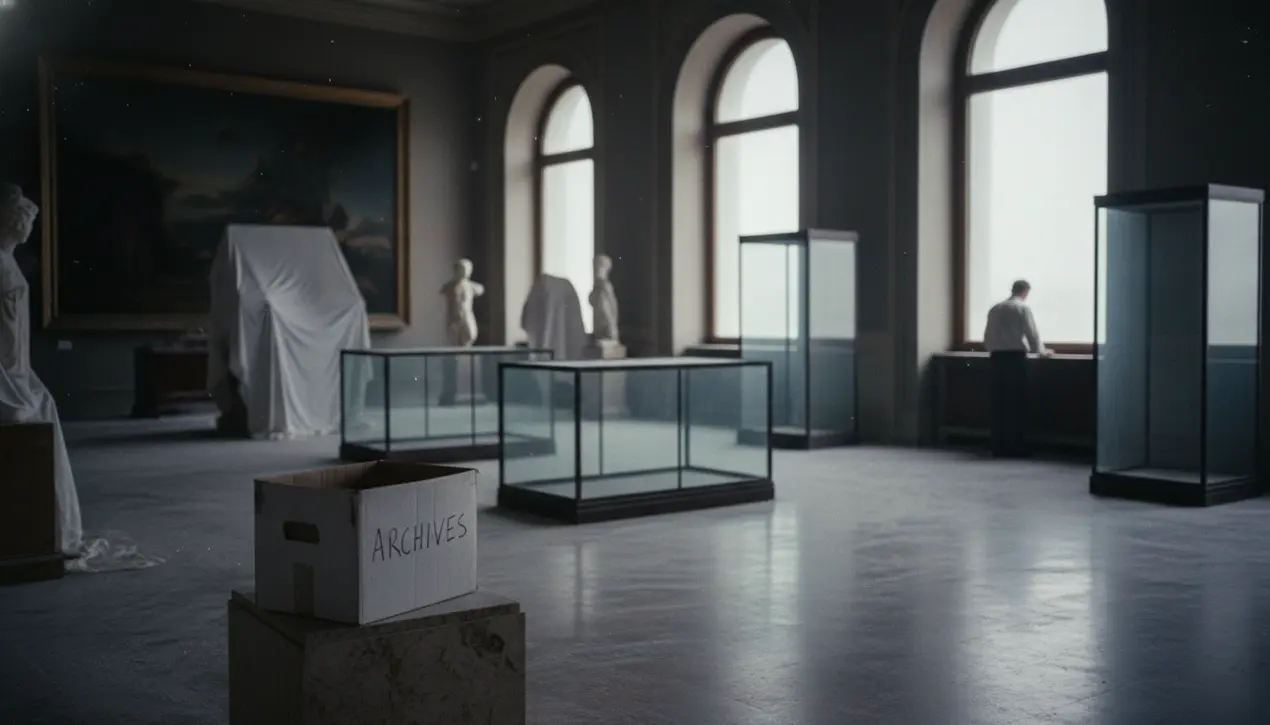
Politicsgovernments & cabinetsPolicy Agendas
U.S. Museums Face Difficult 2026 Due to Funding Cuts.
AN
Anna Wright
2 hours ago7 min read
The cultural landscape of the United States is bracing for a profound and unsettling transformation as a new survey confirms what many in the museum sector have long feared: 2026 is shaping up to be a year of unprecedented difficulty, directly stemming from the cascading effects of federal funding cuts initiated under the previous administration. This isn't merely a budgetary shortfall; it's a fundamental reassessment of the value we place on our collective memory and shared identity.The cancellation of government grants, a decisive move by President Donald Trump that severed a vital lifeline, has created a chilling domino effect, forcing institutions from the grand halls of the Smithsonian in Washington, D. C., to the intimate historical societies dotting the Midwest, to make impossible choices. We are witnessing a quiet crisis where curatorial positions are being eliminated, educational outreach programs for underserved school districts are being scaled back or canceled entirely, and essential conservation work on priceless artifacts is being deferred, risking irreversible damage to our national heritage.This financial strangulation forces a painful question: in a nation's hierarchy of needs, where does culture reside? The personal impact is stark; consider the seasoned educator in Chicago who has dedicated her career to bringing art history to life for Title I students, now facing a pink slip, or the archivist in a rural Southern museum watching humidity slowly degrade letters from Civil War soldiers because the budget for climate control has been slashed. These are not abstract numbers on a balance sheet; they are the human faces of a policy decision, a deliberate de-prioritization of the soft power that museums wield in fostering critical thinking, empathy, and a nuanced understanding of our complex history.The situation draws a sobering parallel to historical moments when cultural preservation was deemed expendable, a luxury in times of perceived more pressing concerns, yet history also teaches us that the erosion of these institutions often precedes a broader coarsening of public discourse. While some larger, endowment-rich museums may weather the storm through increased private fundraising and higher ticket prices, this very adaptation threatens to exacerbate societal divides, transforming public institutions into exclusive enclaves for the wealthy. The true cost of these funding cuts, therefore, extends far beyond closed galleries and canceled exhibitions; it is the cost of a less informed, less connected, and less imaginative citizenry, a deliberate narrowing of the American mind whose consequences will be studied by future generations, perhaps in the very museums we are now failing to support.
#funding cuts
#museums
#government grants
#Trump administration
#cultural institutions
#editorial picks news
Stay Informed. Act Smarter.
Get weekly highlights, major headlines, and expert insights — then put your knowledge to work in our live prediction markets.
Comments
Loading comments...
© 2025 Outpoll Service LTD. All rights reserved.